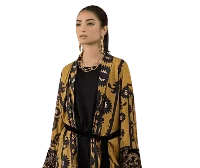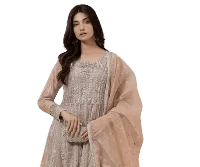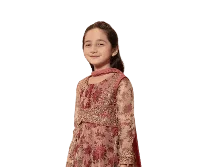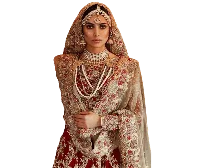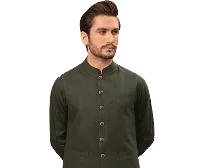Khussa
Types of Khussa Shoes: Traditional, Casual, and Wedding Styles Explained
Khussa shoes have evolved into a diverse range of styles and designs, traditionally made by Mochi (cobbler) using techniques passed down through generations. Their popularity extends from the bazaars of Anarkali to global red carpets due to their intricate craftsmanship and adaptability to modern fashion. In today’s era, Khussa shoes seamlessly blend tradition with contemporary aesthetics and hold formal significance, often worn at weddings, Eid celebrations, and festivals like Diwali, Mehndi, Sangeet Functions, or Baisakhi, embodying a connection to Punjabi, Sindhi, and Balochi traditions.
Due to the high demand and global popularity of Khussa shoes, their designs have changed over time to blend tradition with modern fashion. While classic styles keep the old craftsmanship alive, new versions add fresh designs to fit today’s trends. This balance between old and new brings us to the discussion of Traditional vs. Modern Khussa Shoes.
Traditional vs. Modern Khussa Shoes
Over time, Khussa has evolved, leading to the emergence of modern variations that cater to changing fashion trends and preferences. Below, we explore the differences between traditional and modern Khussa shoes, highlighting their unique styles, materials, and appeal.
Traditional Khussa
Traditional Khussas trace their roots to Mughal craftsmanship, incorporating techniques like zardozi (metallic embroidery) and aari work (hook-needle stitching), traditionally practiced by mochi communities in Multan (Pakistan) and Agra (India). Crafted from vegetable-tanned leather, khaddar (handwoven cotton), or silk from Banarasi weavers, these shoes feature distinct curled toes, phulkari motifs, shisha (mirror) work, and earthy tones like indigo or ochre. Often paired with Peshawari turbans, Sindhi ajrak shawls, or Bengali sarees, they hold cultural significance during Mehndi ceremonies, Sufi festivals like Urs, and Baisakhi harvest festivals. Iconic variations include the Lahori Khussa, known for heavy gold embroidery, and Rajasthani jootis, recognized for their minimalist leather design.
Modern Khussa
Modern designers like Sabyasachi Mukherjee and Hassan Sheheryar Yasin have reimagined Khussas with block heels, open backs, and sneaker hybrids, giving them an urban appeal. Experimentation with vegan leather, recycled fabrics, and machine-embellished gota patti has made production more sustainable and efficient. Contemporary designs feature laser-cut patterns, kundan stone detailing, and bold hues like fuchsia or teal, making them versatile for modern outfits.
Celebrities like Mahira Khan (in Ho Mann Jahaan) and Ranveer Singh (at IIFA Awards) have spotlighted both styles. Organizations like UNESCO and Heinrich Böll Foundation advocate preserving traditional techniques, while e-commerce platforms like Imanistudio, Etsy, and Daraz make bespoke and modern designs globally accessible.
Types of Khussa Shoes
Khussa shoes come in a variety of styles, each representing the unique craftsmanship of different regions. Let’s explore the diverse range of Khussa shoes and what makes each style special.
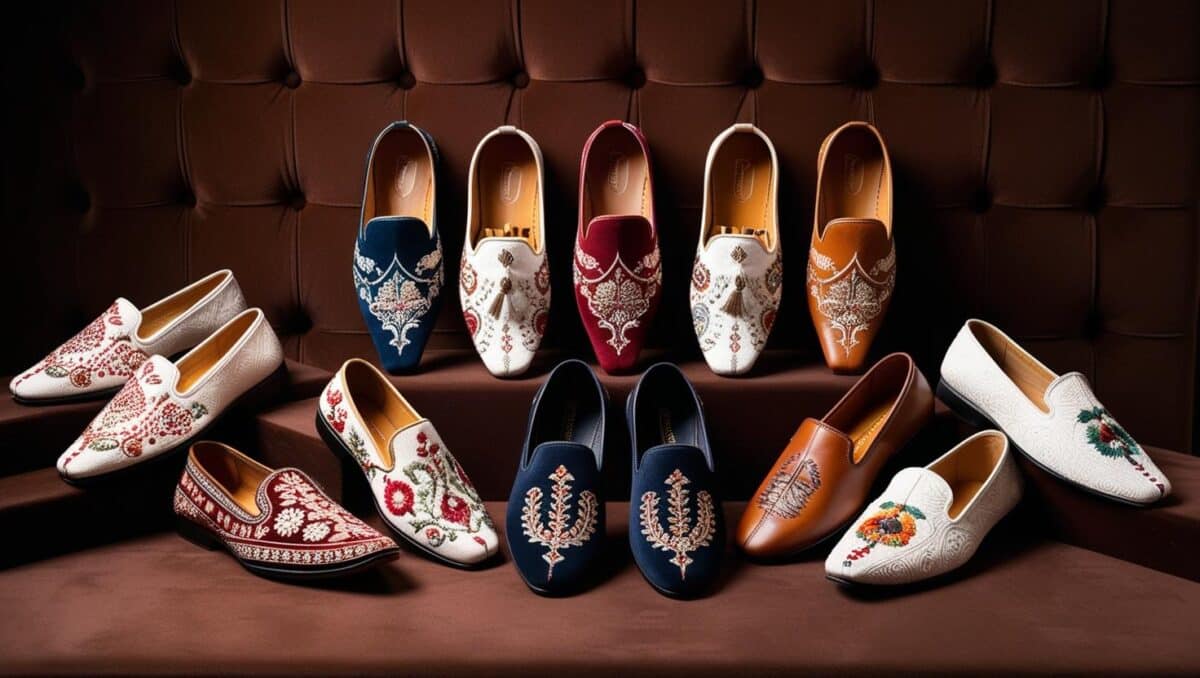
Sindhi Khussa
Rooted in the cultural heritage of Sindh, Sindhi Khussa is known for its intricate mirror work, colorful thread embroidery, and detailed cutwork. These handcrafted shoes are traditionally worn during weddings, cultural festivals, and Sufi gatherings. Sindhi artisans use vibrant patterns and fine needlework to create unique designs that reflect the region’s artistic legacy. Popular variations include Ajrak Khussa, Shikari Khussa, and Kundan-Embroidered Khussa, each offering a distinct blend of tradition and craftsmanship.
Multani Khussa
Multani Khussa is a hallmark of Multan’s rich artisanal heritage, renowned for its fine embroidery, vegetable-tanned leather, and intricate threadwork. Traditionally crafted by skilled mochi artisans, these Khussas feature delicate tilla work, phulkari embroidery, and vibrant color palettes that reflect the cultural essence of South Punjab. Made from khaddar, velvet, and raw silk, they are often adorned with kundan stones, pearls, and resham threads, making them a popular choice for weddings and festive occasions.
Casual Khussa
Casual Khussa shoes seamlessly blend comfort and tradition. Crafted from vegetable-tanned leather from Sialkot and Kanpur, cotton, and jute, they feature embossed Mughal patterns, Sufi kashta stitching, and chikankari embroidery. Worn with kurta pajamas in Punjab, lungis in South India, and shalwar kameez in Khyber Pakhtunkhwa, they represent regional craftsmanship like Peshawari Khussa and Rajasthani Jooti. Modern adaptations include slip-on Khussa by Borjan, recycled leather designs by Dastkar, and naturally dyed styles from Jaipur Rugs. Artisan hubs like Dilli Haat in Delhi and Zainab Market in Karachi preserve these heritage shoes, with brands like Service Shoes and Mochi offering affordable options.
Party & Festive Khussa
Party & festive khussa shoes, crafted from velvet and brocade in Banaras and Faisalabad, feature zari embroidery from Surat and Karachi, with embellishments like gota patti from Rajasthan and Sindhi mirror work from Hyderabad, Pakistan. Regional styles include Baisakhi Khussa for Punjabi harvest dances, Urs Festival pairs for Sindhi Sufi shrines, and Durga Puja Khussa in Bengali crimson and white. Modern trends include sequined styles from Elan, Khussa mules by HSY, and eco-friendly versions by Dastkar. Artisan hubs like Anarkali Bazaar and Johari Bazaar preserve these traditions, with global reach through Etsy and Craftsvilla.
How to Choose the Right Khussa?
- Comfort & Fit: Ensure the shoes fit snugly without being too tight, as leather Khussa expands over time.
- Occasion-Based Selection: Opt for simple designs for casual wear and heavily embellished ones for weddings or formal events.
- Material Preference: Leather and silk Khussa shoes offer durability, while fabric and velvet styles provide variety and aesthetic appeal.
Khussa shoes are more than just footwear; they represent a rich cultural heritage that has stood the test of time. With a wide range of styles, materials, and embellishments, they cater to diverse preferences and occasions. Whether you seek elegance for a wedding, comfort for casual wear, or a bold statement piece, there is a perfect Khussa style for everyone. By choosing the right pair and maintaining them well, you can enjoy this timeless fashion staple for years to come.
At Imanistudio, we celebrate the timeless charm of fancy Khussa shoes by offering a diverse collection that honors both tradition and modern trends. From intricately handcrafted traditional Khussas to stylish contemporary designs like Kundan Khussa with Anklet, our curated selection ensures there’s a perfect pair for every occasion. Explore our collection and embrace the rich heritage of South Asian footwear with elegance and comfort.



